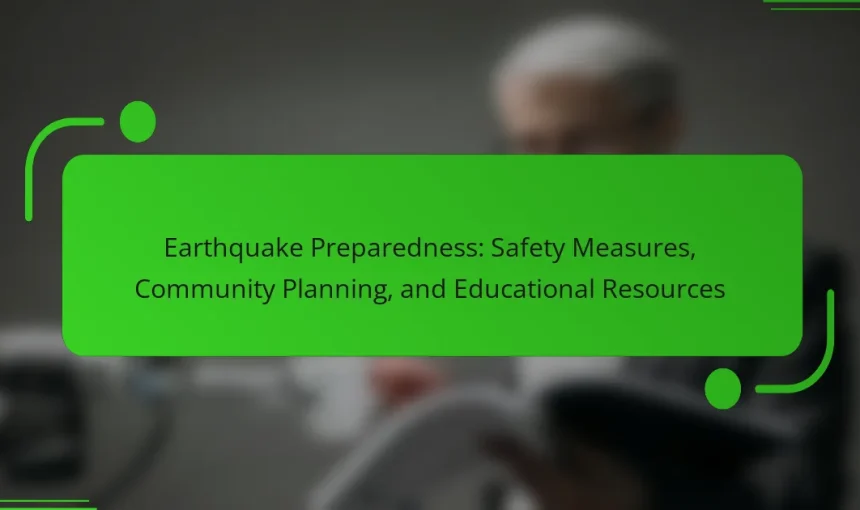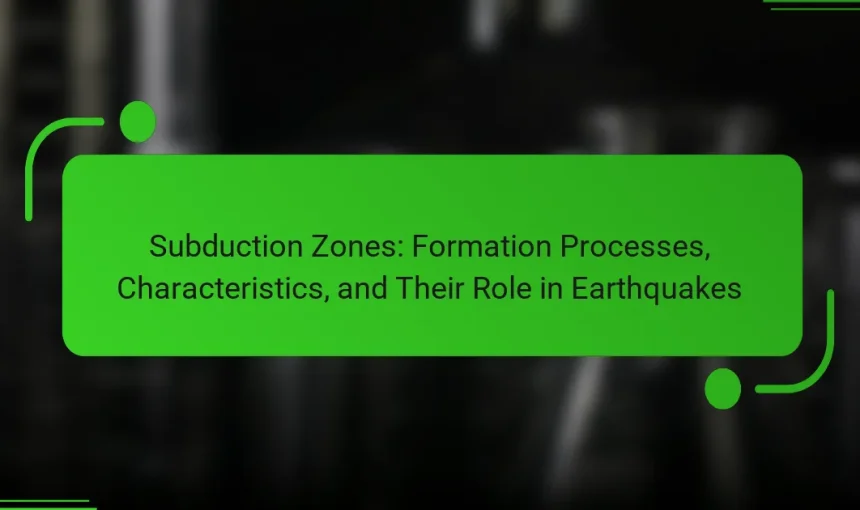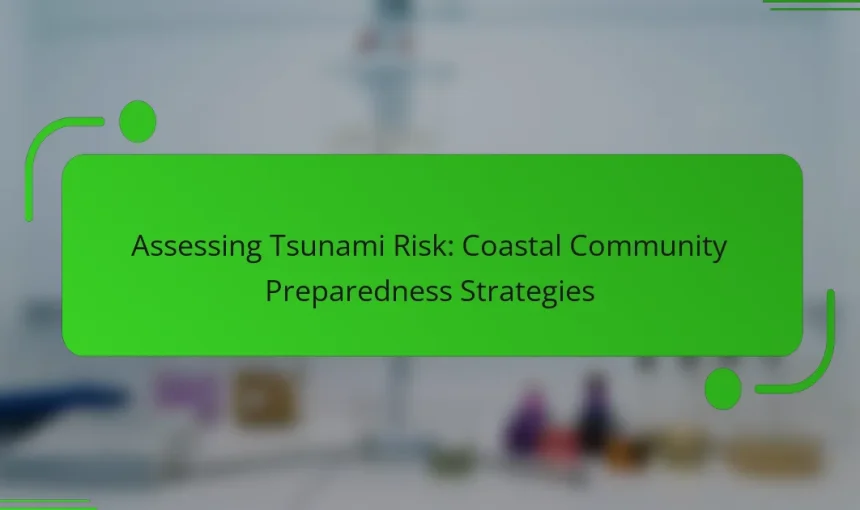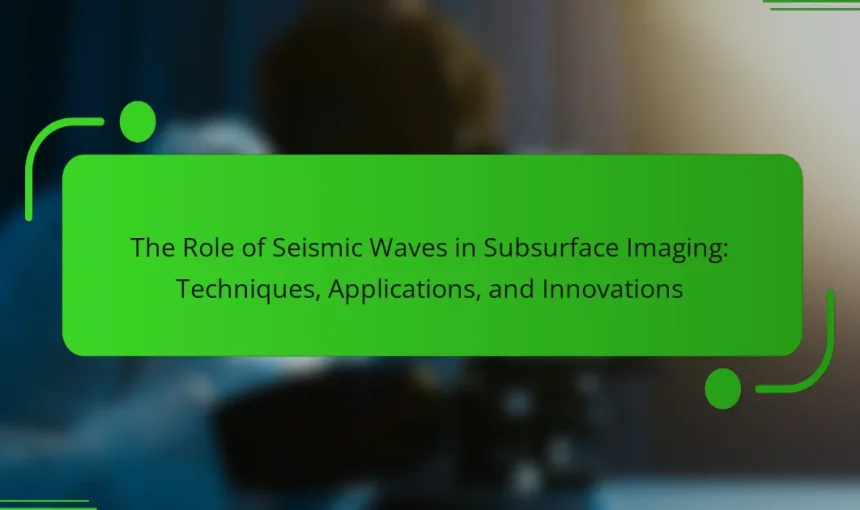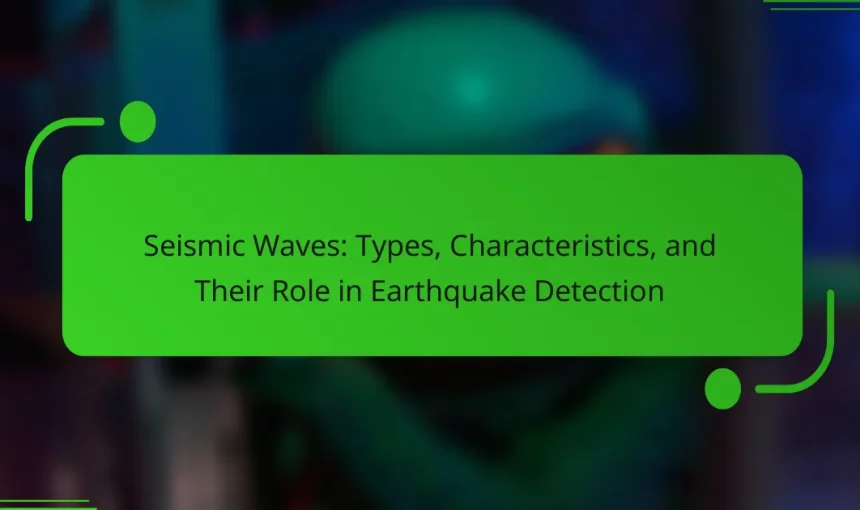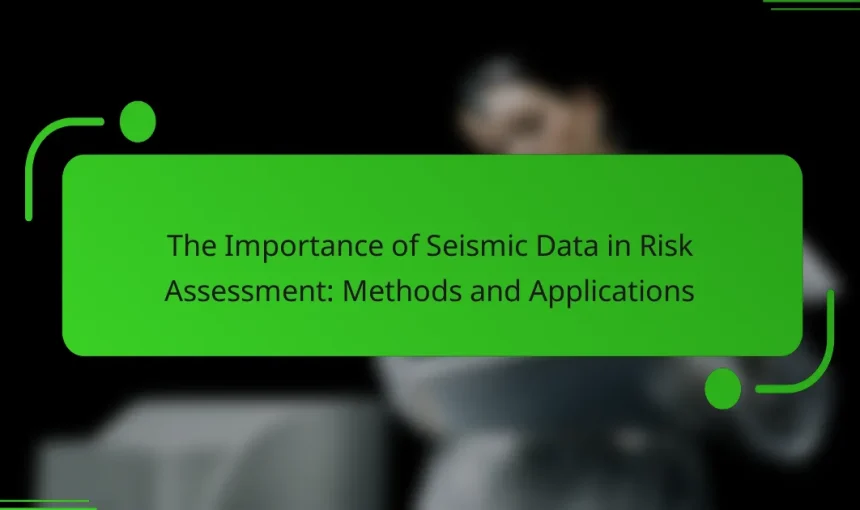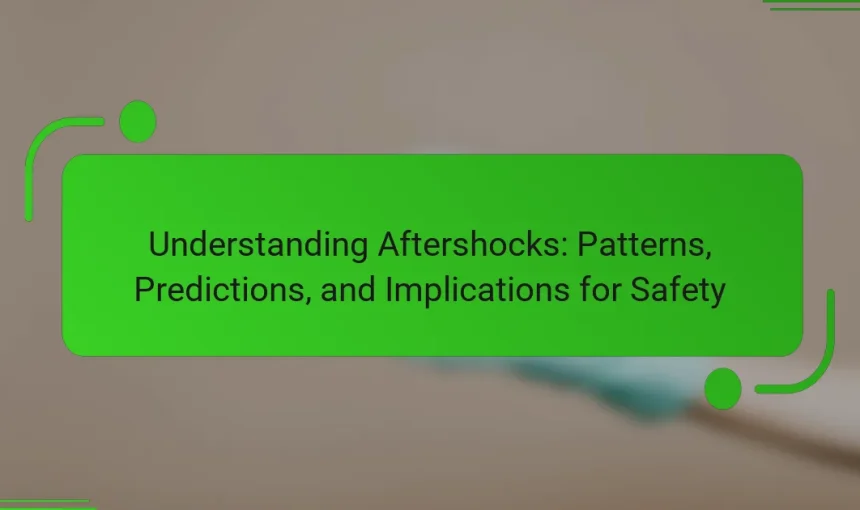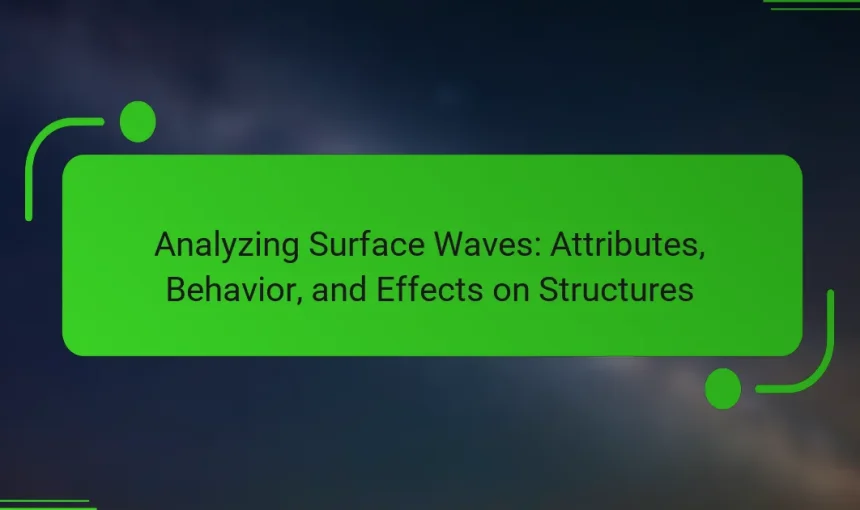Seismograph technology is a scientific instrument designed to measure and record seismic waves generated by earthquakes, explosions, and geological activities. This technology employs a mass suspended on a spring to detect ground movements, with modern devices capable of identifying movements as minimal as a few nanometers. The article explores the evolution of seismographs since their […]
Earthquake preparedness encompasses the proactive measures taken to ensure safety during seismic events. Key aspects include the development of emergency plans, securing heavy furniture, and assembling disaster supply kits. Additionally, community education about earthquake risks and response strategies plays a crucial role in enhancing resilience. According to the Federal Emergency Management Agency (FEMA), effective preparedness […]
Subduction zones are geological formations where one tectonic plate sinks beneath another into the mantle, primarily occurring at convergent plate boundaries. These zones are characterized by significant geological activity, including the creation of deep ocean trenches and volcanic arcs, as well as intense seismic events such as earthquakes. The article explores the formation processes and […]
Tsunami risk assessment evaluates the potential impact of tsunamis on specific coastal areas by analyzing historical data, geological features, and population density. This process identifies vulnerable locations and populations, informing emergency preparedness and response strategies to minimize casualties and property damage. Key strategies for tsunami preparedness include developing and updating evacuation plans, establishing early warning […]
Seismic waves are elastic waves produced by the sudden release of energy in the Earth’s crust, classified into body waves (P-waves and S-waves) and surface waves. These waves play a crucial role in subsurface imaging, aiding geophysicists in locating natural resources such as oil, gas, and minerals through techniques like reflection seismology, refraction seismology, and […]
Seismic waves are energy waves produced by the sudden release of energy in the Earth’s crust, primarily during earthquakes. They are categorized into two main types: body waves, which include primary (P) waves and secondary (S) waves, and surface waves. P-waves travel faster and can move through solids and liquids, while S-waves are slower and […]
Machine learning is a transformative technology in seismology, significantly enhancing the analysis and interpretation of seismic data. It allows for the identification of patterns in large datasets that traditional methods may miss, leading to improved earthquake prediction accuracy and effective classification of seismic events. Key techniques in this field include neural networks, support vector machines, […]
Seismic data is essential for assessing the risks associated with earthquakes, providing critical insights into fault lines, seismic activity, and potential impacts on structures and populations. By analyzing this data, engineers can design buildings that are resilient to seismic forces and predict the likelihood of earthquakes in specific regions. Historical seismic data enhances understanding of […]
Aftershocks are smaller earthquakes that follow a larger seismic event, occurring as the Earth’s crust adjusts to changes in stress. This article explores the patterns, predictions, and implications of aftershocks for safety. It discusses their varying magnitudes and frequencies, the statistical models and seismic data used for prediction, and the impact of aftershocks on structural […]
Surface waves are seismic waves that travel along the Earth’s surface, primarily generated by earthquakes, and are responsible for significant ground shaking. They are categorized into two main types: Love waves, which create horizontal motion, and Rayleigh waves, which produce elliptical movement resulting in both vertical and horizontal ground displacement. Surface waves typically have longer […]

